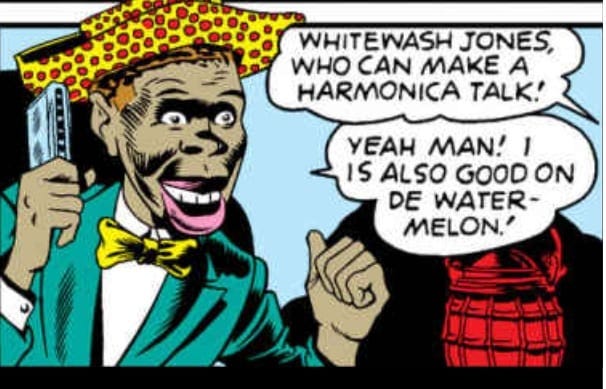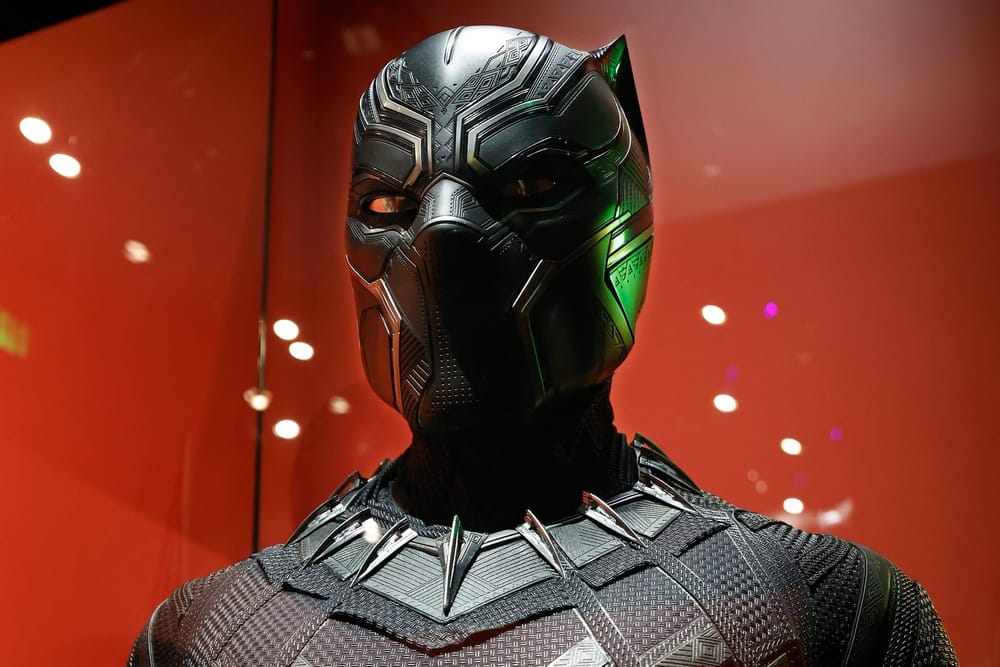I grew up reading. In 2nd grade, I won a class competition for the most book reports. Miss Sorenson would add a construction paper link to a chain for every member of our class for each book read. The links alternated amongst several colors, and my chain for 23 books looked like a rainbow. I mostly read fiction, especially about a talking stegosaurus discovered by children in the desert.
I don’t remember when I picked up my first comic book. From 7th through 12th grade, I went to school across town, taking the city bus and transferring once in downtown Minneapolis each way. On my return trip, I stood in front of Shinder’s newsstand on 7th St. and Hennepin Ave., waiting for the 9B bus to complete my journey. The corner store had newspapers from around the world, magazines, several racks of comic books, and bins of back issues.
I started reading Superman, Batman, and the Justice League but soon gravitated to Marvel Comics, including The Fantastic Four, Avengers, and Thor. Because there were few options, I didn’t notice the lack of Black characters in the books, other than an occasional person in a crowd.
I wasn’t expecting to see Black people in Asgard, the home of the Norse Gods. I did start to wonder about the lack of minorities in Metropolis, Gotham City, and especially New York City, where many Marvel comics were set.
The Black Panther's earliest appearances were before my reading time, in Fantastic Four (1961) #52–53. I found those issues in the oldies bin and watched T’Challa wipe the floor with the Fantastic Four before revealing himself to be a friend and working alongside them occasionally.

The Black Panther appeared in a few Avengers books before becoming an official Avengers member (1963) #105–112. For a brief period, the Black Panther was known as the Black Leopard or simply T’Challa to keep from being associated with the Black Panther Party, considered a militant association that might cost sales.
Related: Ryan Coogler Put 'Wakanda Forever' In the Hands Of Black Women—And It Paid Off
The Avengers were a rather loose team whose members often came and went, as did T’challa. While the Black Panther is considered the first Black hero in mainstream comics, he was by no means the first Black character, and I’d like to revisit some.
The first Black hero appearing in comics in America was Lion Man, gifted with strength, intellect, agility, and stamina. Geo created Lion Man. J. Evans, Jr. In 1947, Orrin C. Evans, the President of All-Negro Comics, introduced his first collection of episodes. The following PDF contains stories featuring Lion Man, Sugarfoot and Snakeoil, Ace Harlem, and Dew Dillies. I encourage all to download and read through.
Superman first appeared in Action Comics #1 in 1938, part of DC Comics. Twenty-three years later, Jackie Johnson appeared as a Sergeant Rock’s platoon member in Our Army at War #113, 1961. Four years later came Molo of the international force, the Sea Devils.
The following year, DC gave the world Rupert Kemboya, also known as B’wana Beast, who could combine the forms of any two animals. After several more attempts, DC got to Black Racer and John Stewart, the Black Green Lantern.
Related: 13 Black DC Heroes Before Black Lightning
Marvel Comics began as Timely Comics in the 1940s; Young Allies was led by the teenage sidekicks of Captain America (Bucky Barnes) and the original Human Torch (Toro). Their kid gang battled the Nazis and included a character named Whitewash Jones, a dim-witted caricature who reminded me more of Stepin Fetchit than an American soldier.

After Timely Comics came Atlas Comics in the 1950s, Atlas gave us the African tribal-chief “Waku, Prince of the Bantu,” one of four stories in each volume of Jungle Tales (Sept. 1954 — Sept. 1955). Marvel’s first Black supporting character was Gabe Jones in Sgt. Fury and his Howling Commandos №1.
That was when Nick Fury was white (he still had an eye patch). Though he had his moments, Gabe was far less a stereotype than Whitewash Jones. In time, Gabe appeared on-screen in Captain America: The First Avenger in 2011. He was a graduate of Howard University and spoke fluent German, which allowed him to decipher instructions on Nazi tanks. He was still a mere private despite his college degree.
The Amazing Spider-Man introduced the African-American supporting characters Joe Robertson, editor of a major newspaper, in 1967; his son Randy in 1968; and Hobie Brown (The Prowler) in 1969. I can’t leave out Power Man, better known now as Luke Cage. The introduction of these characters coincided with the civil rights movement.
Related: Why Wesley Snypes' Blade II' Character Is Our GOAT Vampire Film
There are many characters I missed. Lothar was among the first Black characters to appear in the Mandrake the Magician comic strip. The Falcon first appeared in Captain America in 1969 and substituted for the real Cap several times. To the chagrin of many, Sam Wilson has picked up the shield of Captain America, and a Black man will star as Captain America in Captain America: Brave New World, which is due out in February 2025. The Marvel Cinematic Universe has given the world a Black Heimdall and several other Black Asgardians. Both Sue and Johnny Storm of the Fantastic Four have been portrayed by Black actors (Jessica Alba and Michael B. Jordan).
We’ve seen Black villains enter the atmosphere, including Killmonger from Black Panther and, most recently, Dar-Benn of the Kree in The Marvels. Surprisingly, there have been over 250 Black villains in comic books, though like white villains, most have been forgettable.
By now, we’re used to seeing Black heroes, villains, and even bystanders in comics and films, but remember, this wasn’t always the case. I still remember when New York was all-white, as were Paradise Island, Gotham City, and Metropolis. Introducing Black characters has not come without resistance, especially when a previously white character like Sgt. Fury or Sue Storm turned Black.
Despite the reluctance of some fanboys, comic books and films based on comics have become more representative of America and the world, which has to be a good thing. They are less stereotypical and often unique, like Mr. Glass in the Unbreakable film trilogy, which is not based on comics but offers a thorough deconstruction.
I don’t read comics anymore, though I’m a buff of the films derived from them. I appreciate seeing characters that look like me, though they may have an extra ability or two.
This post originally appeared on Medium and is edited and republished with author's permission. Read more of William Spivey's work on Medium. And if you dig his words, buy the man a coffee.
